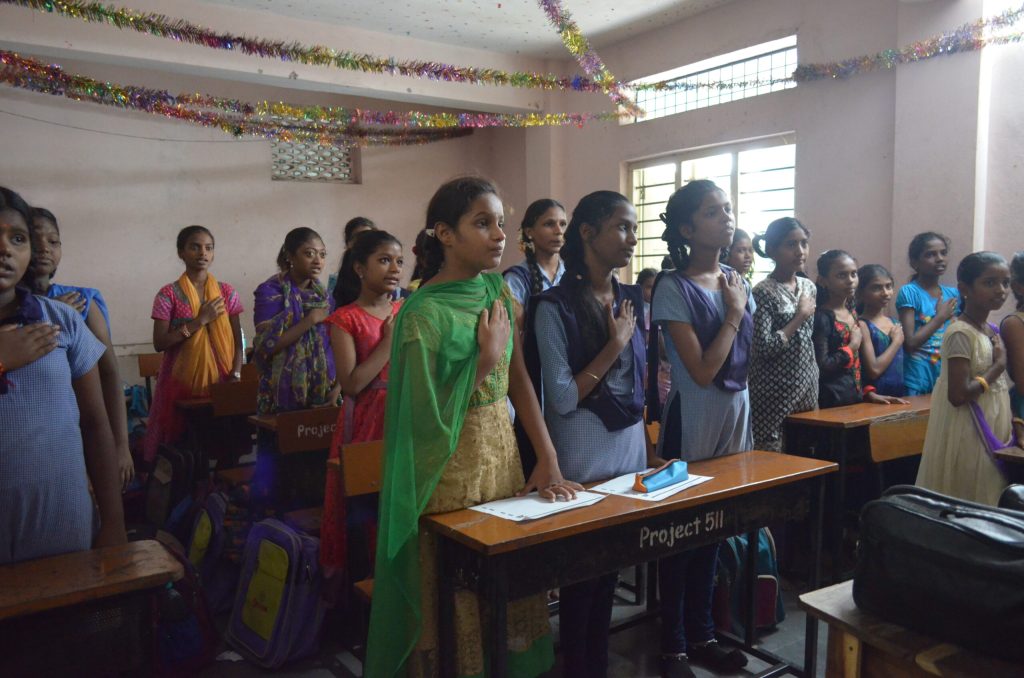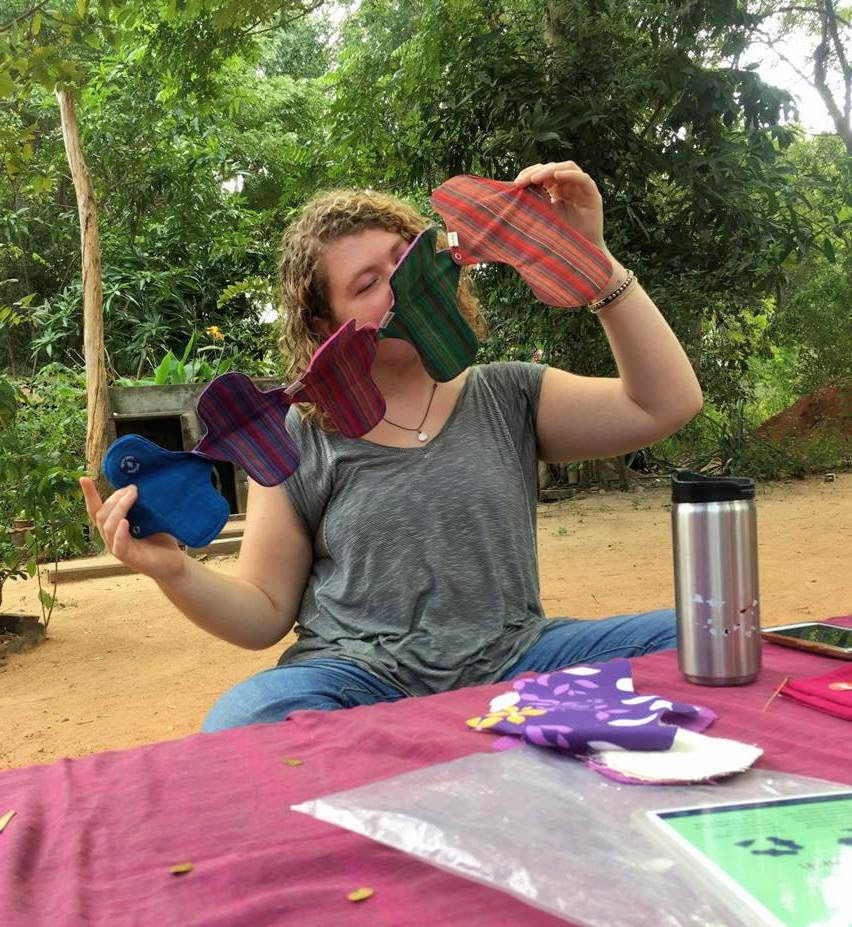What planted the seed for Eco Bébé?
Our cloth nappy journey evolved alongside our cloth pad journey, starting many years ago. We started stitching cloth pads because we were deeply confronted by the sanitary waste situation in India and all around the world. The thing that really opened our eyes was a meeting with one of our partners, SWaCH, who run a waste pickers collective. SWaCH conducted research which found that more than half of the average waste collection was sanitary waste like napkins and nappies. That’s huge! Imagine handling that every single day as your job.
This was in 2014 and it was very clear (and very scary) that these numbers were only going to soar higher – and we’re talking about waste that we can’t recycle – it lasts forever.
From there, it was a natural step to Eco Bébé – the idea and values behind cloth nappies are much the same as those of cloth pads… both are about the cycle of life and caring for your body and the earth.
A six year journey…
The actual nappy design started with an Eco Femme volunteer six years ago who stepped in, proposed a design, and left… and this was pretty much the pattern for the next 6 years! We get a lot of volunteers from all around the world in Auroville where we are based in South India – it’s an international township built on the principles of human unity and diversity.
Our journey also took time because we placed emphasis on testing products and interviewing parents. We did a LOT of trials because we wanted to create something truly tried and tested that we are proud of. It’s amazing to see how the market has changed – now there are so many cloth nappy models available. I think it’s a reflection of people’s growing value for the earth and realisation we are working with finite resources – it really is a revolution!
What’s special about Eco Bébé cloth nappy squares and inserts?
The honeycomb weave material used to make our cotton squares and inserts is quite unique. The intricate woven construction and higher grams of cotton per square meter means they have greater absorption.
All our products are GOTS organic certified. This means they have to fulfil both social and ecological criteria at every step in the process, from crops to labels to fabric to stitching.

|
Is Eco Bébé going to design a reusable, leakproof nappy cover in the future?
This was the original vision for Eco Bébé – to make a leakproof cover as well as inserts and cotton squares. Our big dilemma has been around the material choice. Most nappy brands today use a laminated polyester knit fabric for nappy covers because it is soft, stretchable and gives a good fit. But… polyesters are plastics and we just can’t reconcile ourselves to buying any sort of fabric in bulk that has a detrimental environmental footprint. We are still experimenting with how we can refine the existing cotton PUL layer that we use for our cloth pads, in a cloth nappy form.
In fact, we do now have one though we feel it needs more testing and refining before we can proudly place it alongside our other existing cloth pads, cotton squares and inserts. For now, we are providing it to the Auroville community so we can get feedback from parents.

Did you use cloth nappies with your children? Any particularly entertaining or memorable cloth nappy moments?
Memorable moments, hmmm well I never slipped on a nappy full of wee or anything, and can’t remember any of my kids smearing the walls with poo, ha! Although, there was this one incident about 10 years ago – Kamala, our nanny, was hanging up a full load of cloth nappy squares and all of a sudden I heard her screaming! When I ran out there was a snake balanced right along the clothes line. The poor snake didn’t know what to do and was probably very stressed. When the screaming became too much, it put its hood up and we realised it was a cobra! Everyone was in awe of its sense of balance and we watched it for quite a long time before it slithered off into the bushes never to be seen again. After that, for quite a while I was in the habit of lifting nappy inserts to check for anything underneath…
Final words for someone thinking about making the switch to cloth nappies?
Just do it, haha!
I think coming to terms with the choice you make and feeling good about it is really a big part of this disposable vs reusable question. It can be hard to get our heads around the scale of the issue – the amount of waste disposable nappies create, and that it is going to be here forever. How can we comprehend forever? Suffice to say, the nappy waste will far outline your life, your baby’s life, and even your grandchild’s life. These issues tap into the broader environmental issues we are facing as a global community today like climate change, and raise confronting questions about what kind of world our children will live in. I do believe anything we can do right now helps – let’s go ahead and take responsibility!
At the end of the day, there are so many different aspects to cloth nappies and different points speak to different people. Like anything else, it is helpful to talk to others about their experiences. Everyone is entitled to make their own choice – let’s make it an informed one!
Eco Bébé has three different products available on our website designed to fit newborn bubs right through to toddlers (3.5kgs to 16kgs).
These are:
- Organic cotton squares – Small / Large sizing
- Reusable inserts (to be used with a nappy cover) – Small / Large and Day / Night sizing
- Belt (can be used with our organic, cotton squares)
Lauren from Eco Femme
![]()







